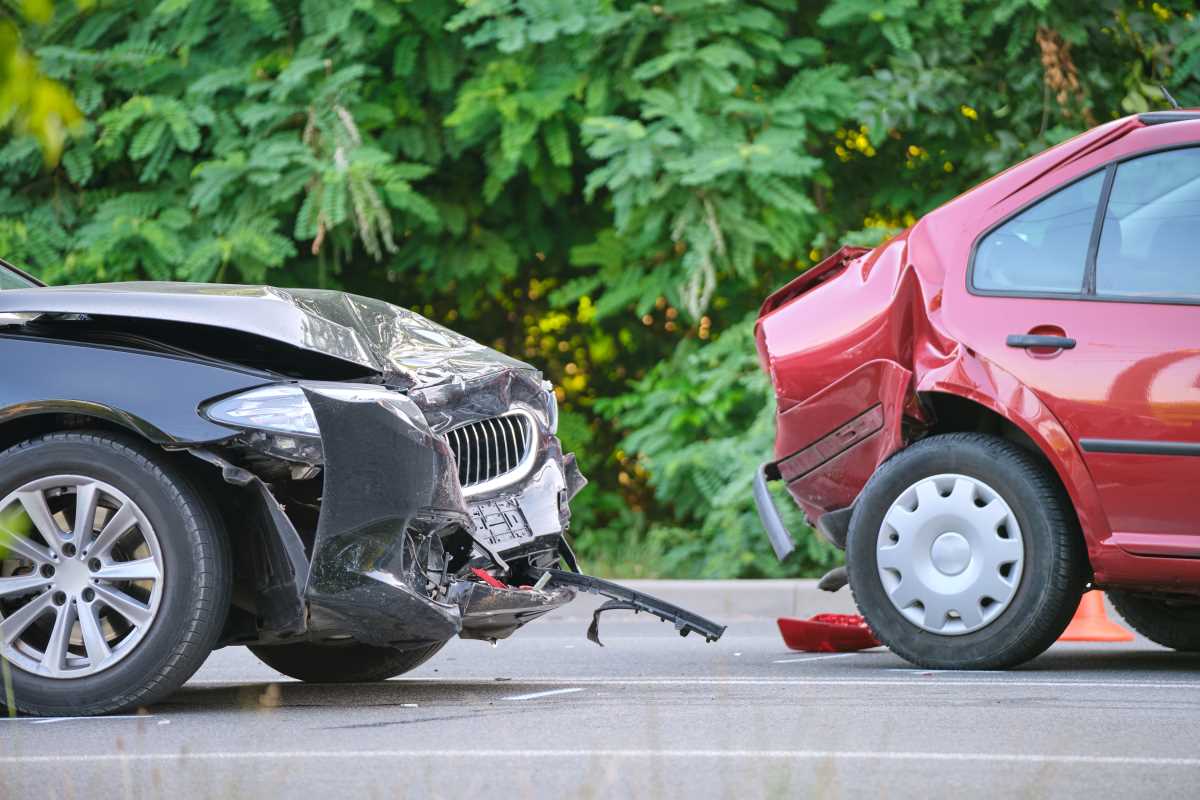Car insurance pricing can sometimes feel like a total mystery. You and your neighbor could have the same car, live on the same street, and still pay wildly different amounts. One of the biggest, and most debated, factors that goes into this calculation is your age. It might not seem fair that a number on your driver's license can have such a big impact, but to an insurance company, your age is a powerful predictor of risk. They have spent decades analyzing accident data, and clear patterns have emerged across different age groups. Understanding these patterns is the key to knowing why your rate is what it is and what you can do about it. This guide will take you on a journey through the different life stages of a driver, explaining how age affects your premiums from your teens to your golden years.
The Teen Years: High Risk and High Premiums
Getting your driver’s license is a thrilling rite of passage, but for parents, the subsequent car insurance bill can be a shock. Teen drivers, particularly those aged 16 to 19, face the highest insurance rates of any age group. This isn't personal; it's purely based on statistics. These drivers have the least amount of experience behind the wheel, making them more prone to errors in judgment. Data from safety institutes consistently shows that teen drivers have the highest crash rates per mile driven. When adding a teen to a policy, parents see a steep increase because the insurer is taking on a significant new risk. However, discounts for good grades or completing a driver's education course can help soften the financial blow.
The Early Twenties: Experience Grows, But Rates Are Still High
As you move into your early twenties, your car insurance rates will likely start to come down, but don't expect a massive drop just yet. Drivers from age 20 to 25 are still considered a relatively high-risk group. While you have more experience than a brand-new teen driver, you're still statistically more likely to be involved in accidents than older, more established drivers. Insurers know this is a time of major life changes—moving away for college, starting new jobs, and more social driving—that can lead to more claims. The good news is that every year you drive without an accident or a ticket helps build a positive record. Rates typically see a more noticeable decrease once a driver hits age 25, which is a key milestone in the insurance world.
The Sweet Spot: Your Thirties, Forties, and Fifties
Welcome to the prime time for car insurance rates. Drivers in their 30s, 40s, and 50s generally enjoy the lowest premiums of their lives. At this stage, you have decades of driving experience under your belt. You've likely settled into more predictable routines, such as commuting to a steady job, and are statistically much less likely to engage in risky driving behaviors. Insurers see you as a safe, reliable bet. This is also a period where many people bundle their car insurance with a home or renters policy, further increasing their savings. Your long-established credit history, if you live in a state where it's used, also tends to be stronger, which can contribute to lower rates.
Your Sixties and Beyond: A Time for Recalculation
As you enter your 60s and 70s, you may notice your rates start to level off or even creep up slightly. This isn't because you've suddenly become a bad driver. Instead, insurers adjust their risk calculations based on new data patterns. While older drivers tend to get into fewer accidents overall, the accidents they are involved in can sometimes be more severe, leading to more expensive medical claims. Changes in vision, hearing, or reaction time can be a factor. However, you have plenty of ways to counteract this. Completing a mature driver safety course can earn you a significant discount. Furthermore, if you've retired and are no longer commuting, reporting your lower annual mileage to your insurer can result in a substantial price drop.
It's Not Just About Age
While age sets a baseline, it's not the only thing that matters. Your personal driving record is hugely important. A 50-year-old with multiple accidents will pay more than a 25-year-old with a perfect record. The type of car you drive also plays a big role; a sensible sedan is much cheaper to insure than a high-performance sports car. And for drivers of any age, technology can help. Usage-based insurance programs, or telematics, use an app to track your real-world driving habits. By proving you are a safe driver who avoids speeding and hard braking, you can earn a discount that is based on your actions, not just your age group.







